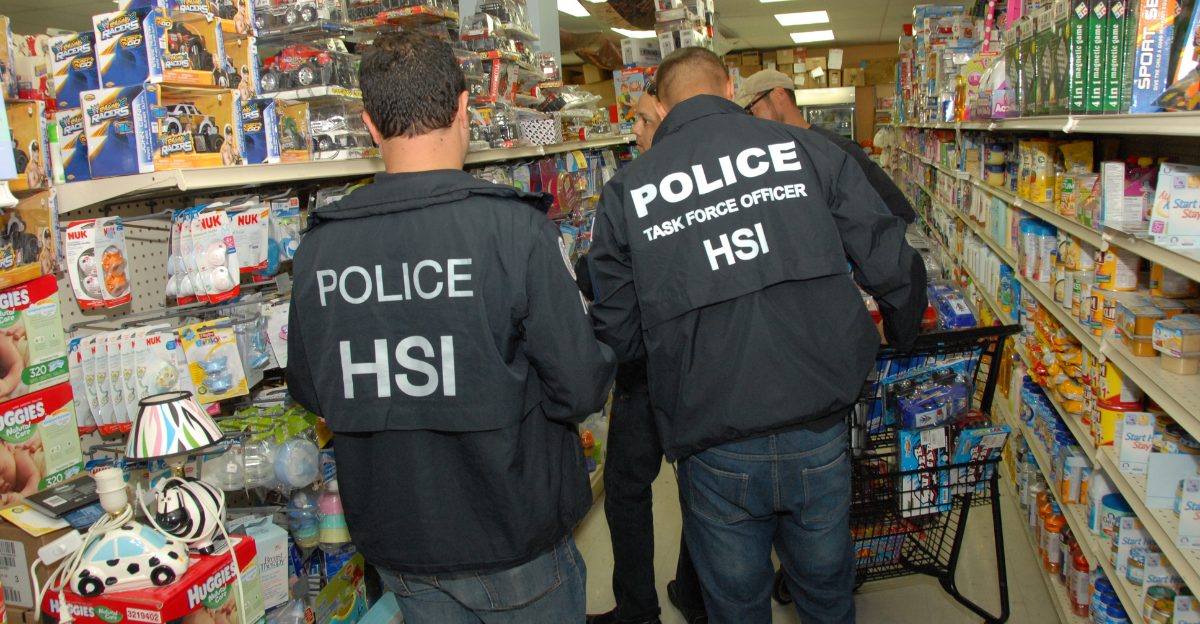
The Trump administration’s intensified immigration crackdown is sparking alarm across America’s food supply chain. ICE raids are hitting farms, processing plants, and restaurants, with scenes in California showing workers fleeing fields and mass detentions at Nebraska meat facilities.
Production at some plants has dropped by up to 80% overnight, triggering supply disruptions. Industry leaders warn you that these actions will soon affect your wallet.
What began as a political decision is rapidly spiraling into an economic crisis. The fallout is creeping into every American household, not through headlines or protests, but through a much quieter warning sign: rising grocery prices that reflect a fractured labor force.
Why It’s Happening
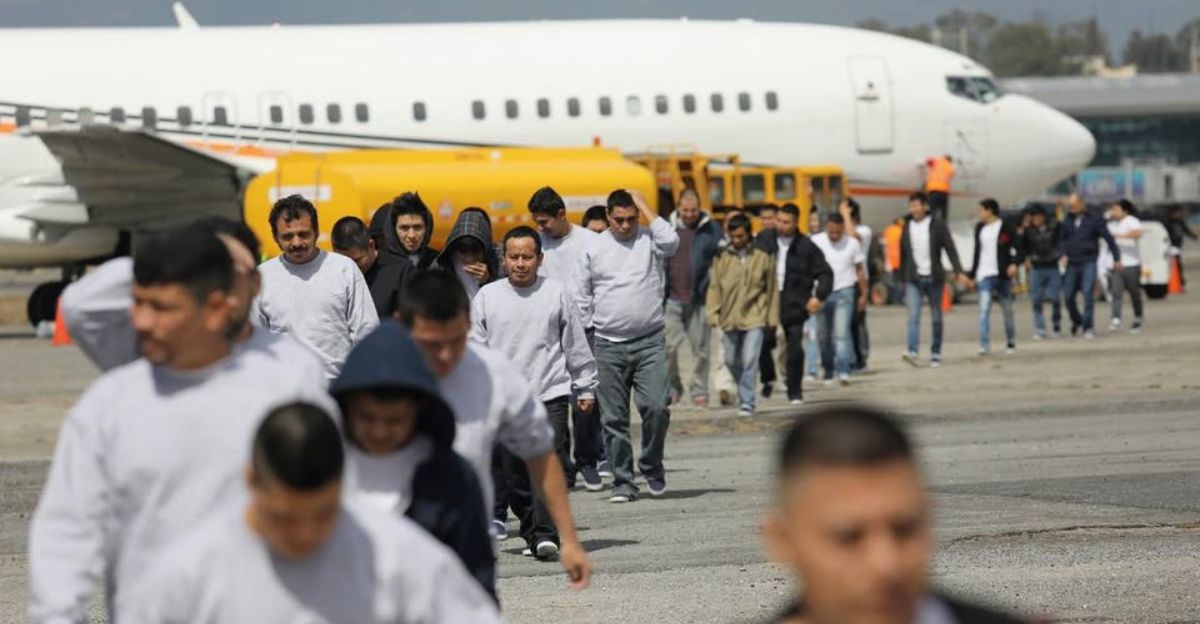
The current surge in enforcement follows the administration’s goal to launch “the largest domestic deportation operation in history,” pushing ICE to make 3,000 daily arrests. These efforts target the estimated 8.3 million undocumented workers who make up 5% of the U.S. labor force, but a far greater share of food workers: 20% in agriculture, 23% in meatpacking, and 10% in restaurants.
Despite warnings from business leaders about the damage this could cause, raids on farms and restaurants were only briefly paused before resuming with more intensity. The result has been deep confusion and devastating labor shortages across critical parts of the food industry.
Families Already Feeling the Pinch
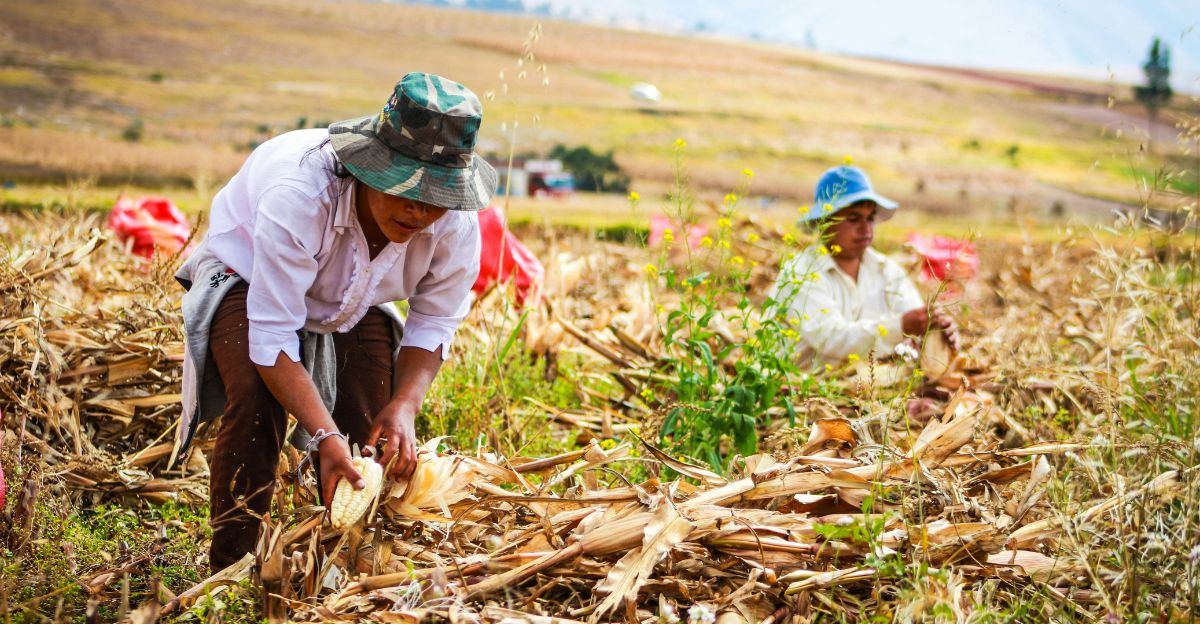
Get ready for your grocery bill to climb. Studies show that mass deportations in agriculture could drive a 5% to 6% spike in overall food prices, especially for fruits and vegetables. The math is simple: fewer workers mean less food, which means higher costs. This is already playing out.
In Los Angeles, produce vendors say business has dropped 85% as workers avoid markets, fearing raids. Unsold produce is rotting. For a family spending $1,000 a month on food, that’s a potential increase of $600 to $720 per year, turning fresh produce from a staple into a luxury for many households.
Businesses in Freefall
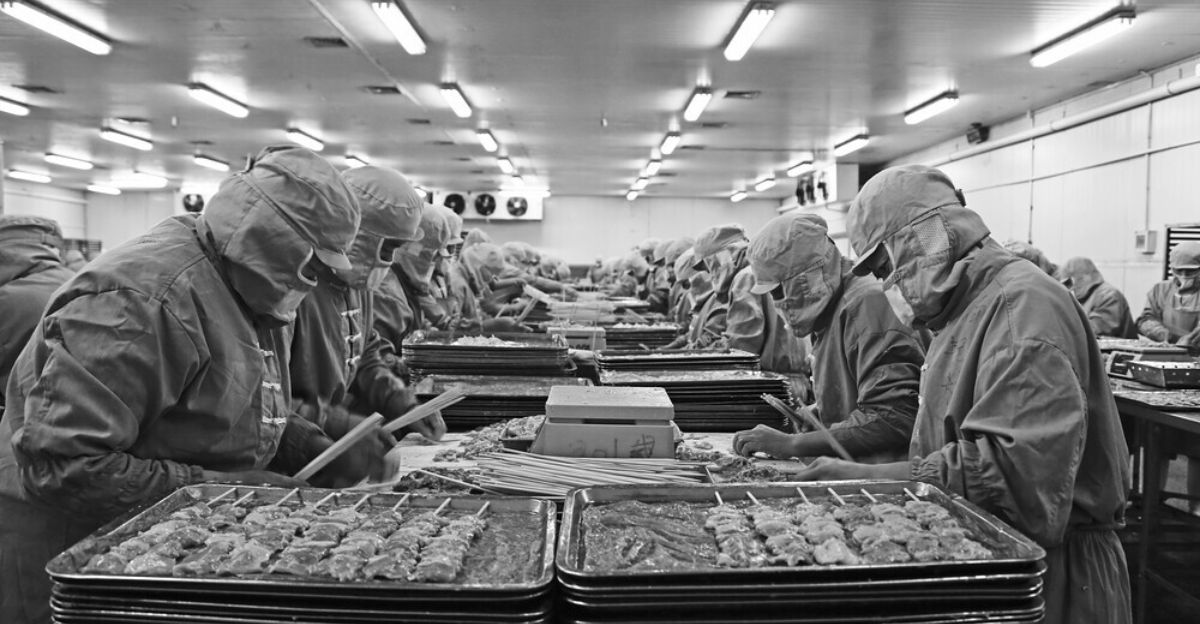
Producers are struggling to adapt as labor disappears. One meat plant in Omaha saw output plunge by 70% after 75 workers were detained, leaving an unfillable gap in operations. Across the country, crops are rotting in fields as workers vanish overnight.
In Los Angeles, the city’s huge produce market now feels empty. Many Hispanic-owned businesses – from taco trucks to restaurants – are too scared to restock. Some report up to 85% in revenue losses. With fewer hours, closures, and a disrupted supply chain, businesses big and small are facing the harsh reality of a workforce crisis they can’t quickly fix.
Shifting Habits and Hard Choices
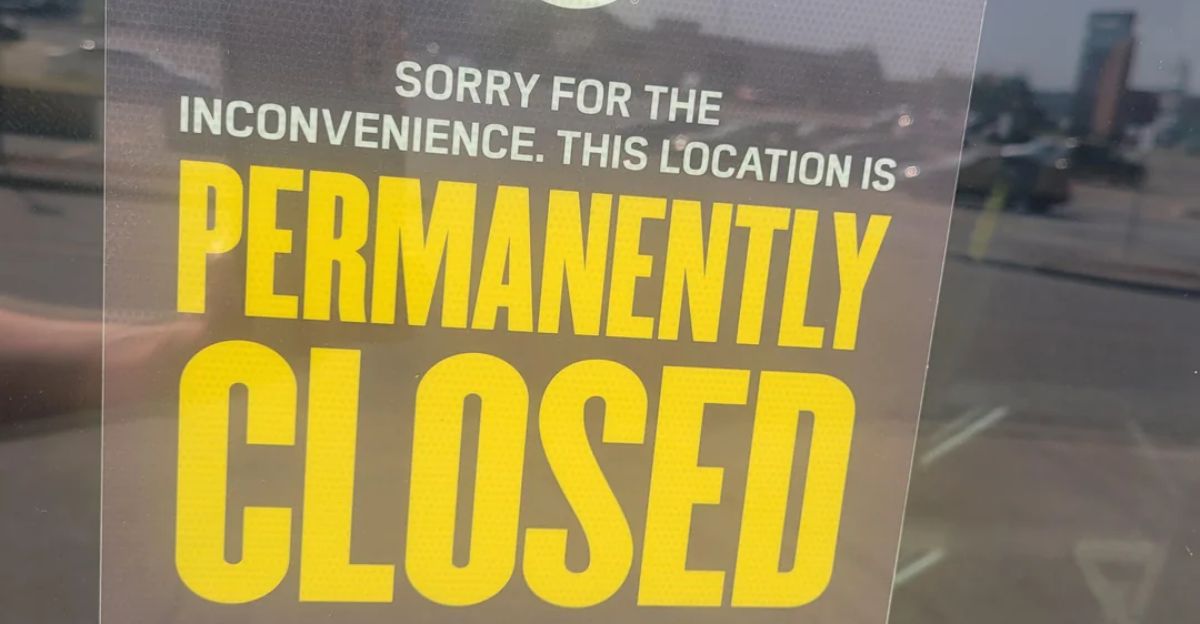
As food prices rise and availability drops, consumer habits are shifting. Restaurants are closing at a faster pace, especially those serving immigrant communities. In Texas, El Control shut down after its owner and staff were detained. Many shoppers, particularly immigrants, are traveling farther, sometimes two miles more, to find culturally specific groceries.
The market is adjusting, too, but not in comforting ways: imported food is replacing domestic options, raising prices. Businesses are automating to reduce labor, which may worsen unemployment. Simplified menus and cut-back operations are starting to reshape how Americans eat and experience food altogether.
A Ticking Economic Bomb

The economic fallout stretches well beyond your next grocery run. The American Immigration Council estimates mass deportations could shrink U.S. GDP by up to 6.8%. At the same time, housing costs are climbing as undocumented workers, who make up 13% of construction labor, disappear.
In areas with stricter immigration crackdowns, housing development has slowed significantly, missing a full year’s worth of construction over four years. Add rising food and housing costs to falling economic output, and the picture gets grim. The estimated $10 trillion in hidden costs behind America’s food system is now glaringly visible as the labor force collapses.
Voices from the Ground

“It’s pretty much a ghost town. It’s almost COVID-like. People are scared,” says Juan Ibarra, a produce vendor in Los Angeles whose income dropped from $2,000 a day to just $300. Restaurant owner Pedro Jimenez, who became a citizen under Reagan’s 1987 amnesty, is losing $7,000 each week.
“When cows don’t get milked, when apples don’t get picked, when fruits and vegetables are not harvested, your supply is going to fall,” warns Chuck Conner of the National Council of Farmer Cooperatives. Martin Casanova, who runs an agricultural training program, puts it bluntly: “We are dangerously close to a breaking point.” Across the board, concern is rising fast.
Political Whiplash Fuels Uncertainty
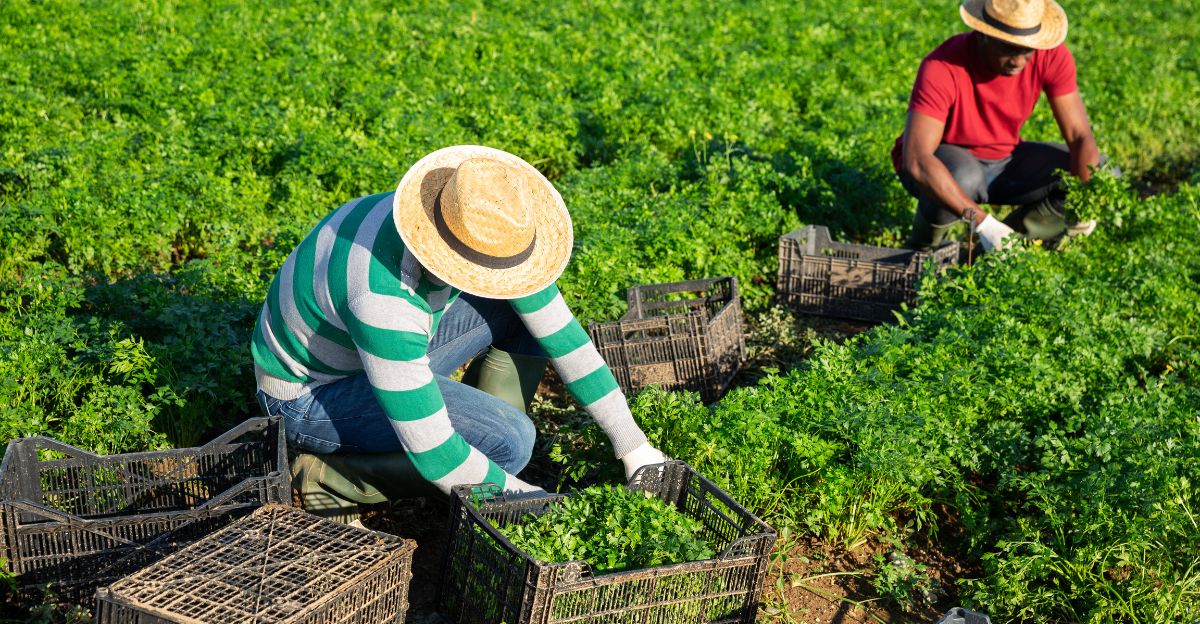
The political response has been inconsistent and reactive. After backlash from businesses, the administration briefly paused ICE raids on farms and hotels, only to resume them days later. Congress has set up bipartisan working groups to address labor shortages in agriculture, but progress is slow.
Civil rights groups have condemned the aggressive tactics, calling on lawmakers to push back. The Friends Committee on National Legislation urged Congress to “stand against these violent actions.” Meanwhile, 70% of business leaders expect immigration enforcement to disrupt operations this year. With 58% worried about staffing, uncertainty now hangs over nearly every corner of the economy.
Consumer Action – What You Can Do
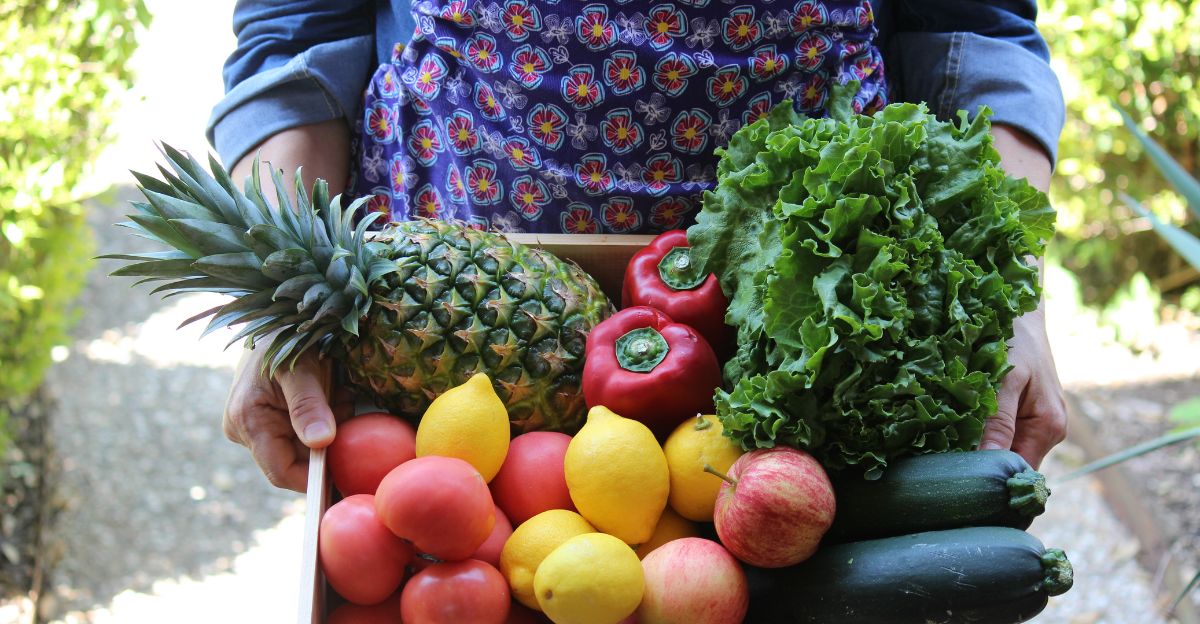
To protect your food budget, consider changing how you shop. Choose in-season produce to avoid premiums and look into community-supported agriculture programs for direct access to farms. Supporting local businesses with legal staff can help stabilize the food economy. Ethnic grocery stores, which serve more than just food needs, remain essential for many immigrant communities.
If you’re concerned about long-term food costs, contact your representatives about expanding the H-2A visa program, which allows legal, temporary agricultural labor. Though it faces delays and limits, it could ease some pressure. Food security now hinges on how immigration is handled.
What This Crisis Really Reveals

Mass deportations are reshaping how America produces and consumes food. What started as immigration enforcement has become a sweeping economic crisis, one that’s hitting home at the dinner table. Many undocumented workers now facing deportation live with food insecurity themselves, despite supporting the very system that feeds the nation.
With prices rising and shortages looming, the question is no longer abstract. Are we prepared to pay more, financially and morally, for policies that may leave everyone worse off? Industry leaders say the consequences are no longer coming – they’re already here. The answer may be printed on your next grocery receipt.
Discover more trending stories and Follow us to keep inspiration flowing to your feed!

Craving more home and lifestyle inspiration? Hit Follow to keep the creativity flowing, and let us know your thoughts in the comments below!
